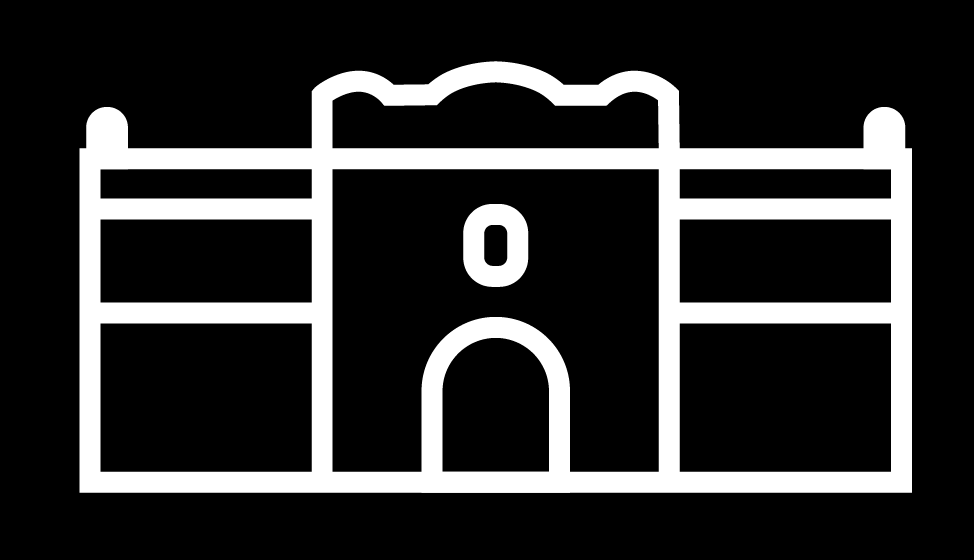Zoltán Kodály Memorial Museum
Contact:
Information for visiting: kodaly.hu/museum
Head of the Museum: Theodóra Sebestyén
e-mail: kodalymuzeum[at]lisztacademy.hu
address: 1062 Budapest, Andrássy út 87-89.
phone: +36 1 352 7106
fax: +36 1 322 9647
Permanent exhibition
In the spring of 1990 one the most important places of Hungarian music history was opened to the visitors. This is the only apartment that has basically remained in a condition as left by its inhabitant, Zoltán Kodály.
From October 1924 till his death in March 1967 Kodály lived at the Körönd, named after him today. Both the circus, where the windows look on, and the road with the entrance to the sector-shaped house have preserved numerous features of the histoical waves sweeping across Hungary. When the Kodály family moved here, the road was named after Gyula Andrássy, the Prime Minister of the 1867 Constitutional Government. In 1949 the road was renamed to Stalin road and in 1956 to 'Road of the Hungarian Youth'. In 1957 it became the 'People's Republic Avenue'. During World War II the circus was named after Hitler. In 1982 its original name was replaced by 'Kodály Körönd'. This is a miniature Hungarian history in the light of street plates.
The flat consisted of four front rooms with conveniences. The furnishing was practical rather than luxorious; its individuality and charm was given by the taste of its residents. The rooms were decorated with folk ceramics and embroideries, souvenirs from the folk song collecting trips, and with keepsakes of the longlasting artistic career; statues, laurel wreaths, programs of prominent performances abroad, as well as pictures of the closest family members and contemporary colleagues.
The dining room surprises the present day visitor with its puritan and simple furnishings in Kodály's time, visitors entered this room just like the museum visitors today. We have to picture to ourselves the intellectual radience of the hosts that made this row of rooms a home, a workshop and a safe resort even in difficult times. At the table there was always a place for welcome guests, visitors around five in the afternoon were offered mint tea and cakes. Kodály received less intimate visitors also at this dinner table, one time covered with wax-cloth. This is where his first wife, Emma and her helpers sorted the newspaper cuts and other documents of his career. After her death, Sarolta Péczely, Kodály's second wife, continued this work in the same spirit. The collection compiled in this way served as a basis of the Kodály Archives, now arranged acording to scientific principles and of the subsequently connected Memorial Museum founded with the help of Zoltán Kodály Pedagogical Institute of Music, Kecskemét.
Welcome guests and musicians coming rehearsal were taken to the next room - a parlor radiating the spirit of 19th century, worth being painted by Munkácsy. This place was dominated by two pianos. From above the door a Beethoven mask looked at the visitors. Around the stove the sculpture portraits made in various periods by Petri Lajos lived together with their much vivid, not at all statulike model. Imre Palló, Mária Basilides, Endre Rösler, Set Svanholm, János Ferencsik and Erzsi Török had rehearsals here; also the young Tamás Vásáry and the infant prodigy, Miklós Perényi played here Kodály-works to Kodály himself. Valuable photos kept the memory of Yehudi Menuhin, Aram Khachaturian, József Szigeti, Pablo Casals and Leopold Stokowski who visited this room in the last years.
The innermost room was the real workshops with its carved desk and a library covering two walls. Beside the fundamental literature on music history, ethnography, literary history and Hungaristics there were also masterpieces of fiction and poetry in Hungarian, German, French, English, Italian, Latin and Greek languages. Kodály's violoncello - once in frequent use - was kept on the top of the cupboard, and a splinter-hit 'wound' on its body reminded of World War II. The past and the present of the folk music researcher were evoked here by several folk music instruments and sound recorders. The desk, the tables and the chairs were covered with letters and documents, which are the tools, requisites and intellectual scobs of an animated workshop.
The former bedroom on the left of the dining-room is used for the temporary exhibitions of the Museum. The first such exhibition gives a rich insight into the composer's workshop, showing for the most part the materials of the Kodály Archives. Through selected documents it presents the years of preparation, the major works of certain periods, the masterpieces of various artistic forms and sometimes the birth process of the works, even from the very conception. It is also indicated how folk song research helped the composer, and how the composer directed his own imagination towards the creation of the 'Singing Hungary' idea. The visitors can see the manuscripts of popular masterpieces, never-performed compositions, some of the first and last works, hastily jotted down notions, as well as final copies of mature works. In one word, you can find here many things that are created and issued in a workshop along with those remaining unissued experiments.
We referred to the Kodály Archives; this is an independent establishment but also a co-existing institution of the Museum run under the same roof. Its primary task is to properly collect, preserve and register Kodály-documents (manuscripts, printed scores, photos, sound recordings and motion pictures). Other purpose of the Archives is to promote and introduce Kodály-research. The intellectual direction has been undertaken by Mrs. Kodály Zoltán nee Sarolta Péczely. The material of the first temporary exhibition of the Museum comes, in the first place, from the Archives, thus calling the attention of the public and the researches to this newly established institution.


